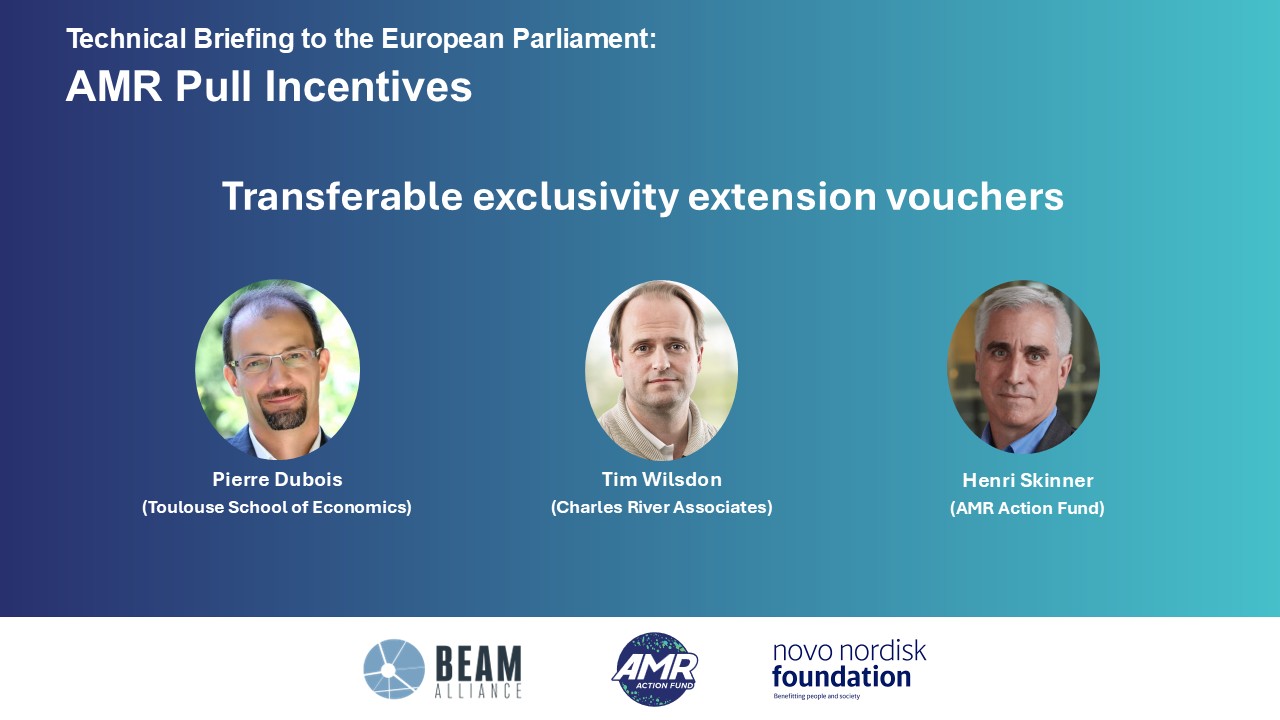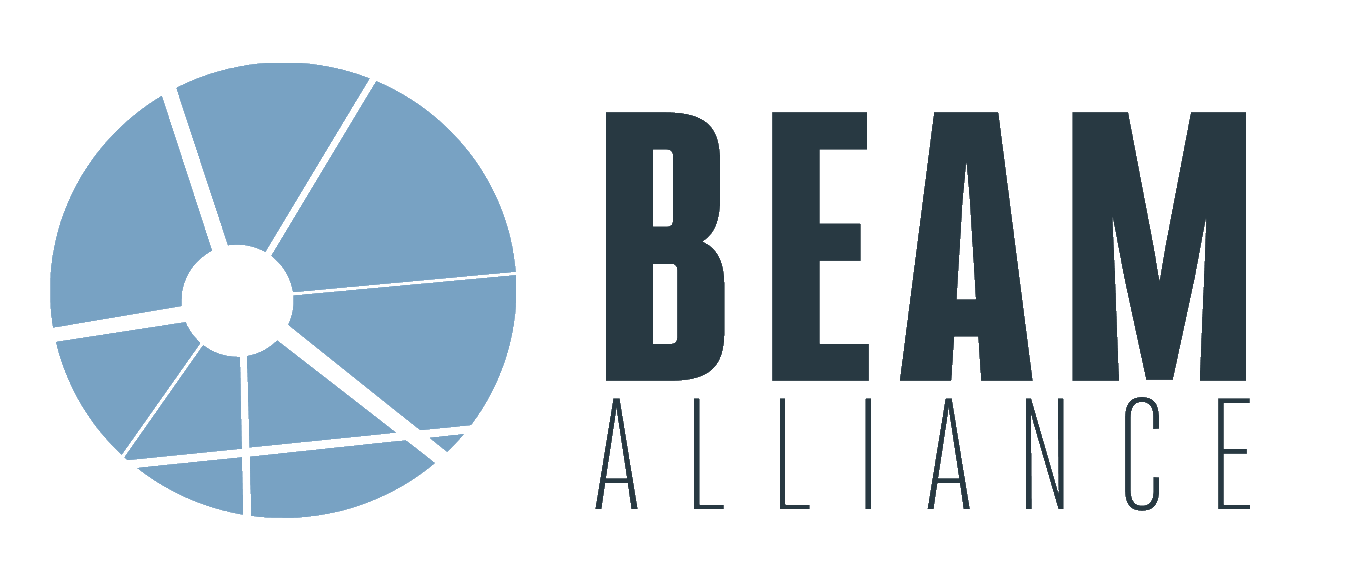The Future of the TEE Voucher in EU Pharmaceutical Legislation
- BEAM Alliance


As trilogue negotiations on the General Pharmaceutical Legislation (GPL) continue, the Transferable Exclusivity Extension Voucher (TEEV) remains a key feature in the proposals from the European Commission, Parliament, and Council. However, both the Parliament and Council have introduced stricter conditions for its use. A recent discussion with Pierre Dubois (TSE), Tim Wilsdon (CRA) and Henri Skinner (AMR Action Fund) sheds light on how to make the TEEV a truly effective incentive for innovation.
TEEV vs. Cash Prize: Which Works Better?
TSE compared the TEEV to a cash prize (or subscription model for multi-year payouts). While cash prizes risk free riding, the TEEV offers a compelling alternative. When applied at the national level, it consistently outperforms cash prizes by saving costs in the imperfect generic drug market. Even at the EU level, the voucher remains effective in most countries.
Predictability and Market Realities
The TEEV is generally predictable, though not without some uncertainty—such as fluctuations in sales value. However, these uncertainties are manageable, as market forces (like turnover and buyer demand) can be analysed to forecast outcomes. Unfortunately, the additional constraints proposed by the Council and Parliament risk undermining the voucher’s value, which is already modest compared to the EU’s fair share goals:
- The “blockbuster” clause, limiting the eligibility to products with an annual turnover below €490M, adds little beyond existing RDP constraints.
- The “EU-first” clause, which requires EU registration either before or within 90 days of registering elsewhere, is overly rigid and could penalize valid projects facing clinical development challenges.
Why Investors Prefer the TEEV
Investors appreciate the TEEV because it delivers financial returns within typical investment cycles (5–10 years). While its application may impact certain therapeutic areas, many—such as oncology—stand to benefit from the introduction of new antimicrobials.
Addressing the Risks
Like any delinked incentive, there’s a risk of funding drugs that may later be withdrawn. However, the voucher only covers a fraction of the EU’s fair share, limiting exposure.
BEAM’s Takeaways:
The TEE Voucher is widely supported by SMEs, industry, and investors. Though not perfect, its predictability makes it attractive to developers and funders. To preserve its appeal, only minimal constraints should be applied, and it should be paired with complementary mechanisms to fully achieve the EU’s fair share objectives.
To find out more:
Link to the discussion
Link to BEAM’s busting myth paper
Link to TSE study on the TEEV
Link to CRA analysis of the TEEV

